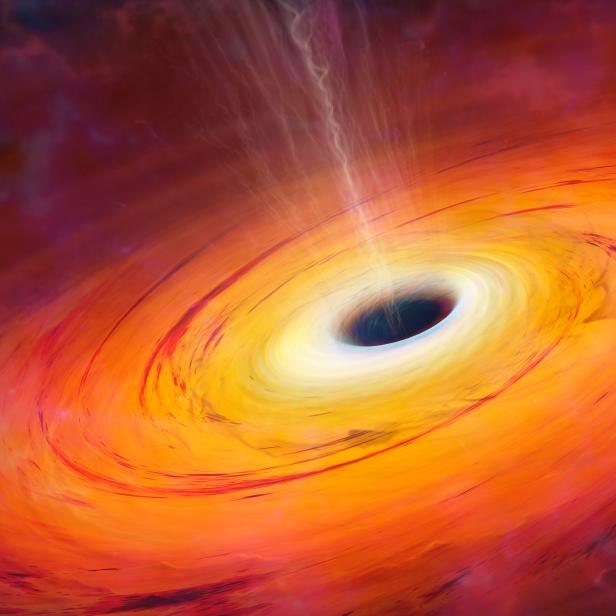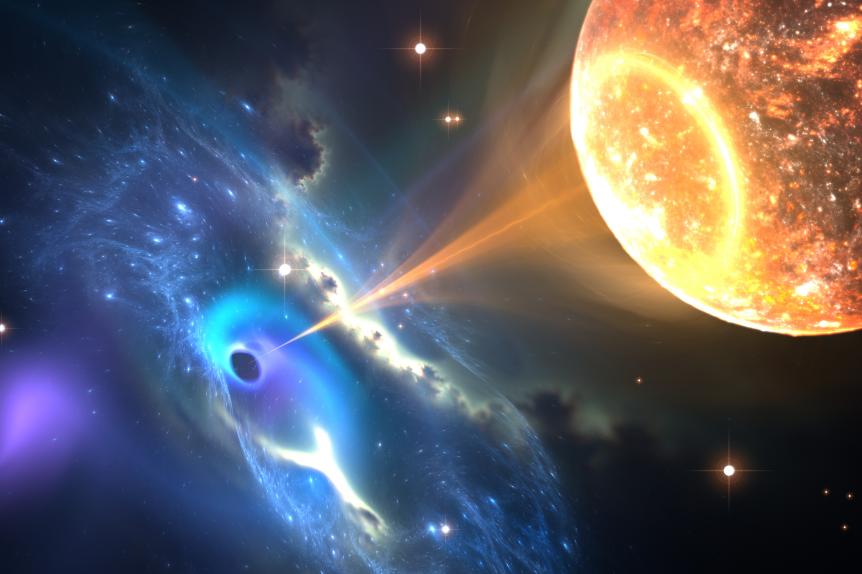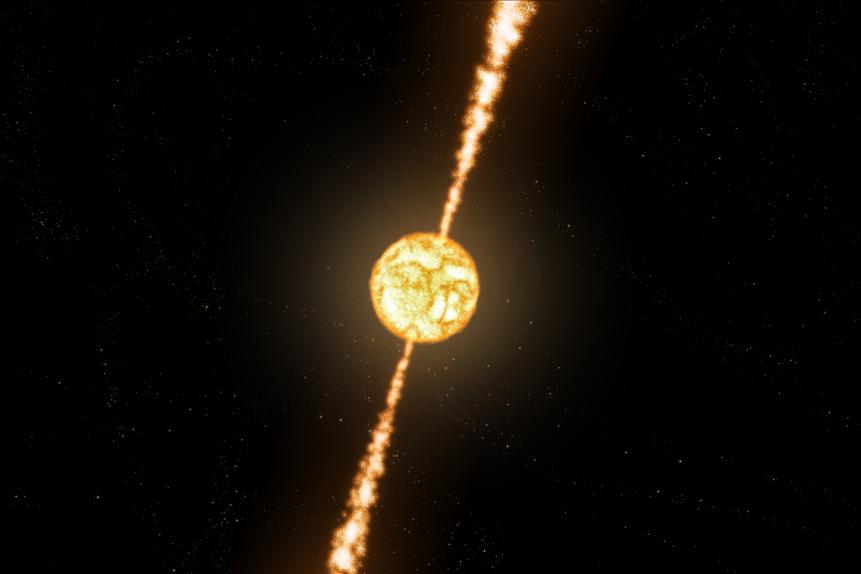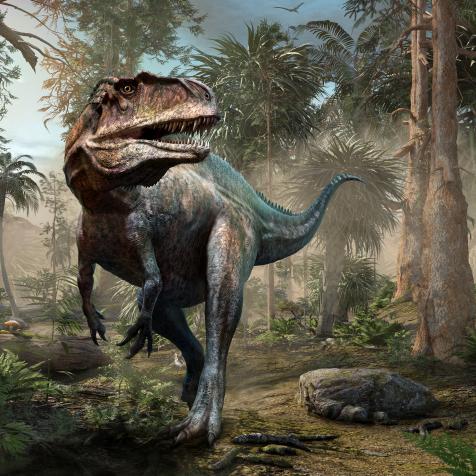
Science Photo Library - MARK GARLICK
Too Big to be a Neutron Star, Too Small to be a Black Hole. What Am I?

Okay, stars die in all sorts of interesting and cosmically expressive ways (except the red dwarf stars, who just sort of…stop).
The most massive stars die in fantastic and titanic supernova explosions, leaving behind a dead remnant of what was once a beautiful factory of fusion.
Birth of a Neutron Star
If conditions are right, the core inside a massive star experiences an extremely uncomfortable gravitational squeeze, so impressively powerful that the force is able to shove electrons into protons, turning the whole core into a giant city-sized ball of neutrons: a neutron star. The birth of that neutron star triggers (through a variety of complex and not-yet-fully-understood physics) the supernova explosions that we see throughout the universe. And when the party’s over, the neutron star is left behind to wait around and stare at the cosmos for eons.
But if the gravity is way too strong, even that ball of stubborn neutrons gets crushed, leading the formation of one of the most enigmatic objects in the entire universe: a black hole.

Pitris
We’ve been observing neutron stars for decades (because they glow brightly), and black holes for less so (because they don’t). The best way to catch a black hole is to wait for it to randomly crash into another one, an event that sends out a few bajillion gigatons worth of energy in the form of gravitational waves – ripples in the fabric of spacetime itself, which we can detect with extremely expensive/sensitive instruments like LIGO.
Is It a Neutron Star?
LIGO has observed dozens of mergers, but the latest one is causing a stir: one of the objects has a mass of merely 2.6 solar masses (which means it weighs 2.6 times as much as the sun).
Here’s why it’s a stir. We don’t fully understand what goes on inside neutron stars – the physics of giant, super-dense balls of neutrons gets a little bit weird – but our best guess as to an upper limit for them is just a hair above 2 solar masses. Anything bigger, and the exotic quantum forces holding them up should fail, leading to the formation of a black hole. So the object that LIGO saw merge is too big to be a neutron star.
Or Black Hole?

7activestudio
But it takes a lot to make a black hole. Supernovas and the deaths of giant stars are, well, energetic events, and most of the dying star gets flung out into the vastness of space, not crammed down into a tiny little sphere. We don’t fully understand what happens during supernovas – the physics giant, exploding balls of plasma gets a little bit weird too – but our best guess as to a lower limit for black holes is around 5 solar masses. The universe just has a really hard time making black holes smaller than that. So the object that LIGO saw merge is too small to be a black hole.
Surprise!
Too big to be a neutron star, too small to be a black hole. It’s a riddle all right.
Either we’re getting the detailed physics of neutron star interiors wrong, and they can be bulkier than we thought (which wouldn’t be a surprise), or we’re getting the detailed physics of supernovae wrong, and giant stars can pop out small black holes if they feel like it (which also wouldn’t be a surprise).
Paul M. Sutter
Or both. Both is definitely an option.













































































